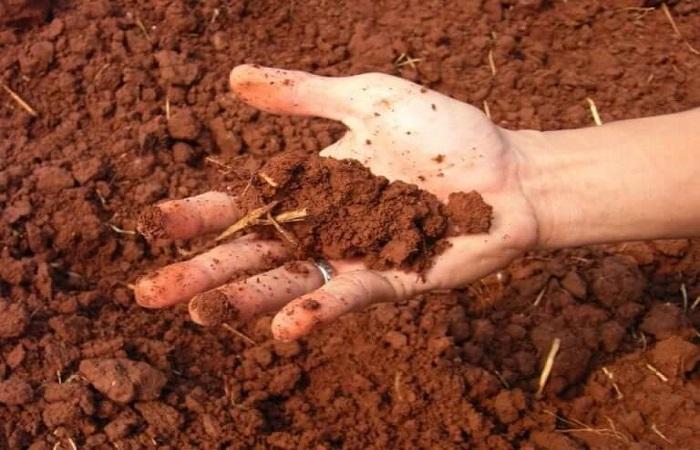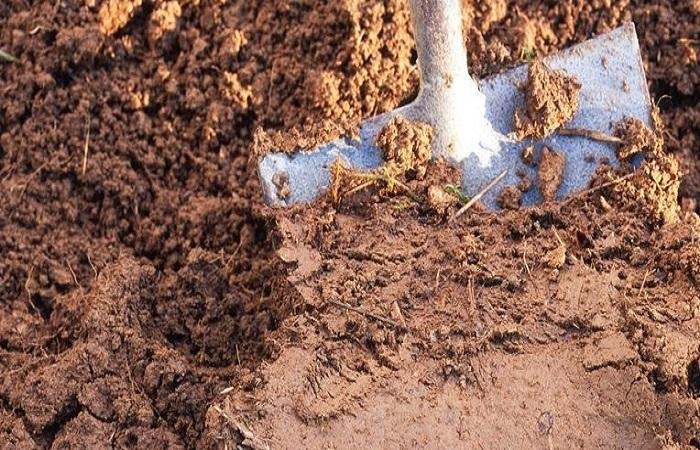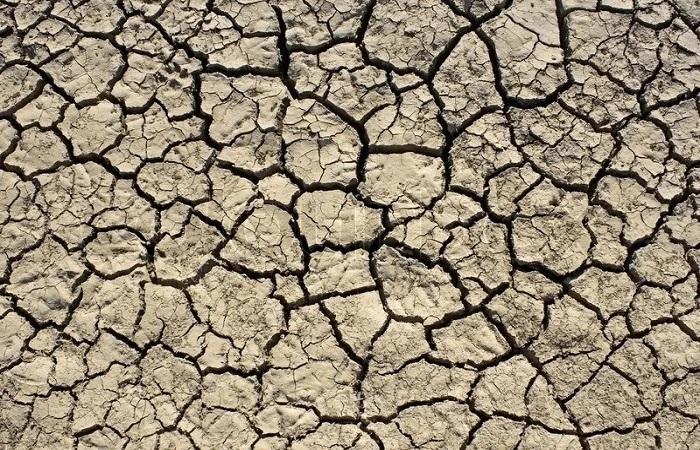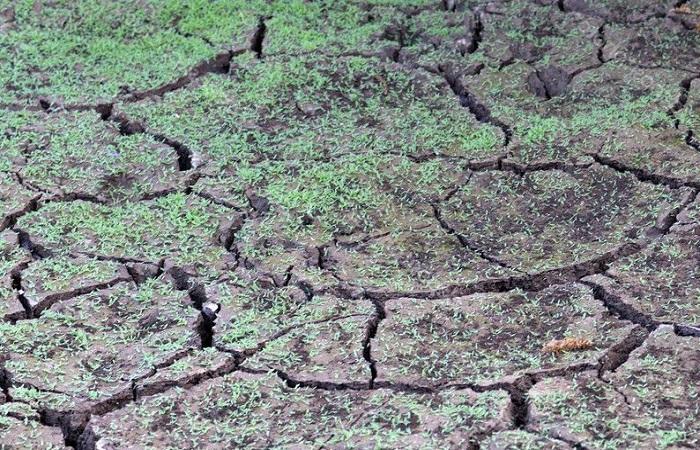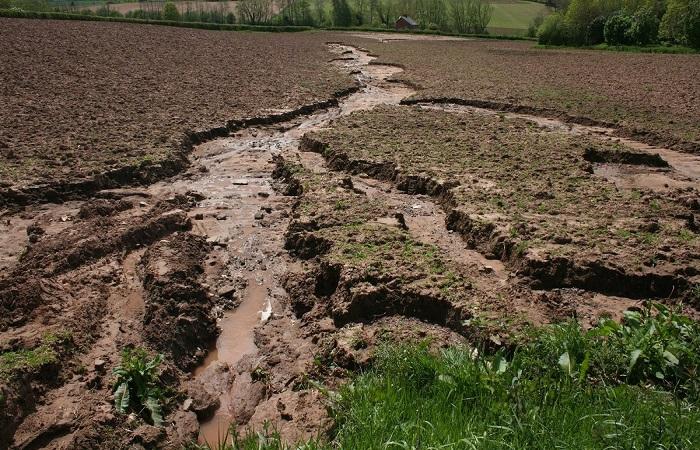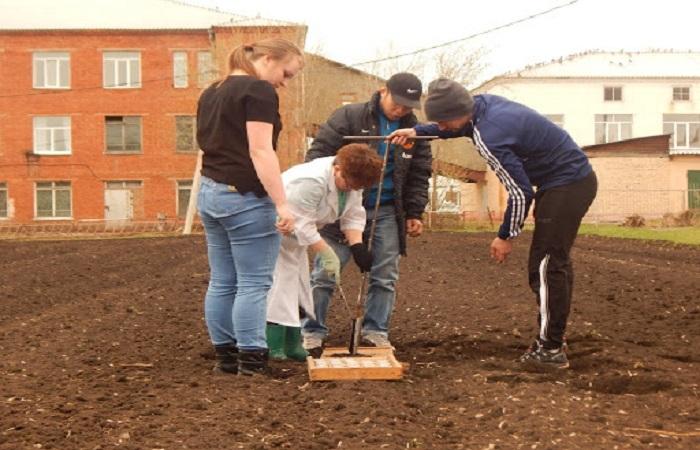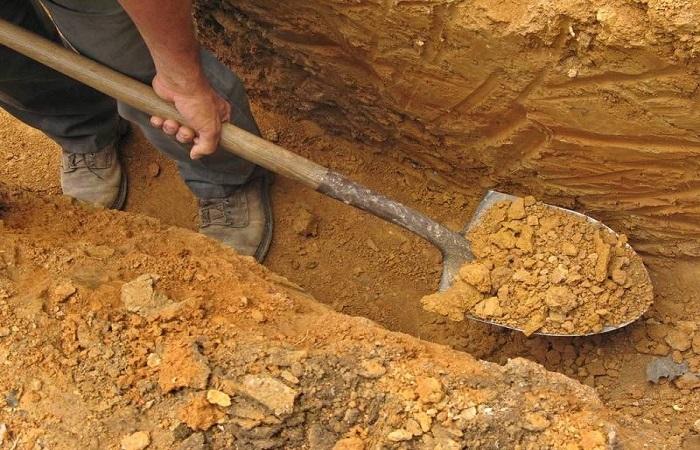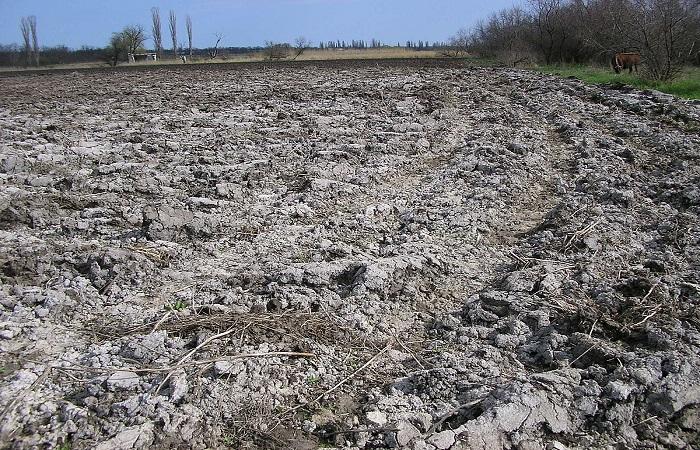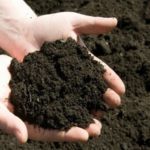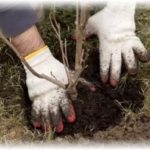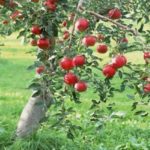The significance of the physical and mechanical properties of soil is important in determining its value for agricultural use. Let's consider a description of the characteristics of physical and mechanical properties, which include plasticity, stickiness, swelling and its corresponding shrinkage, cohesion, physical ripeness of the soil, its hardness and resistivity when processed by agricultural machines.
General concepts
Soil physical and mechanical properties allow it to intensively influence the growth and development of any form of plants, the speed and uniformity of seed germination, the spread of the root system in depth and width, and have a significant impact on tillage machines.
Physical and mechanical properties
This concept includes plasticity, soil stickiness, swelling under the influence of moisture, drying shrinkage, hardness and resistivity, cohesion, and physical ripeness.
Plastic
The ability of an earthen clod to acquire a form in its raw state that was artificially given to it. In this case, no cracks should form, the lump should be preserved even after the end of the exposure. Too wet or dry soil will not be plastic; good plasticity appears at a certain degree of humidity.
Plasticity with the maximum indicator can be determined using the Vasiliev cone, if it goes 1 cm deep into the soil under the influence of its weight in 5 seconds. The minimum indicator is obtained if a cord with a diameter of 3 mm, which can be rolled out of the ground, breaks up into separate parts.
Plasticity indicates the mechanical composition of the soil (0 – sand, 0-7 – typical for sandy loam, from 7 to 17 – loam, over 17 – clay). The property depends on the size of the particles and the composition of the absorbed salts, because they largely show how moist the soil is and how much humus it contains. Humus soil is less plastic.
Stickiness
The property is defined as the ability of wet soil to stick to objects it touches. Stickiness is detected when the adhesion of particles is weaker than between them and objects.The property depends on the chemical, mineral, mechanical composition, moisture and structure. Structureless clay soils stick more strongly, while structured and loose soils stick less.
Stickiness rises with increasing humidity, but to a certain level, then decreases even for wet soil, as adhesion between particles increases. In structural soils, this property is detected at 60-80% of the total moisture capacity. Structureless soil sticks even at low humidity.
Soil stickiness is measured in terms of the effort that must be expended to lift a stuck object from the ground (in g per 1 cm2). There are viscous (>15 g/cm2), strongly (5-15), medium (2-5) and weakly viscous (<2 g/cm2) soils.
Swelling
This property describes the increase in soil volume after wetting. As a result, the soil increases in volume. Soil that contains many colloids swells; swelling is most characteristic of clay soils. Soils with vermiculite and similar minerals swell easily.
Swelling is determined in volume percentage. The value depends on the quality and number of colloids. Exchangeable cations affect swelling. If the soil contains 1-valent cations (mainly sodium), then the soil can swell by 120-150%; when saturated with 2- and 3-valent cations, the soil practically does not swell.
Shrinkage
This concept defines the decrease in soil volume when drying. Shrinkage is measured as a percentage of the resulting volume from the original. Shrinkage depends on the same conditions as swelling and is, as it were, its reverse process. With large shrinkage, the soil cracks and plant roots are torn.
Connectivity
The ability of soil to withstand the force that is aimed at separating soil particles.Cohesion indicates the structural strength of the soil. The property depends on the mineral and mechanical composition, composition of cations, humidity, organic content, and structure. Expressed in kg/cm2. Significant cohesion is inherent in clay soils; the level increases if the soil is saturated with sodium ions.
Physical ripeness
The condition of the soil when it can be easily processed is lumpy and loose. The earth crumbles and does not stick to agricultural machines. Sandy and sandy loam soils ripen the fastest, clayey soils last. The rate of physical ripeness also depends on the humus content; the more humus there is, the faster the soil becomes suitable for processing.
Hardness
It is determined by the resistance of the soil to the penetration of various objects into it. Hardness is expressed in kg/cm2. Determined by characteristics that are inherent in connectivity.
As the humidity level decreases, the hardness increases. The presence of calcium and magnesium reduces the hardness by an order of magnitude compared to the hardness of solonetz soils. Clays and loams are hard, sandy ones are softer. Hardness determines another property - resistivity, which reveals the suitability of the land for agricultural cultivation.
Based on hardness, soils are divided into loose (<10 kg/cm2), loose (10-20), dense (20-30). They also distinguish between dense (30-50), very dense (50-100) and continuous (>100 kg/cm2).If the soil is too hard, this indicates poor agrophysical properties.
Resistivity
It is expressed by the effort that must be expended on cutting the seam, turning it over and rubbing against the surface of the tool. It is measured in the range from 0.2 to 1.2 kg/cm2, it is influenced by composition, density, humidity, cation composition, hardness, volume of organic matter, structure.
Low resistance in light, unsaturated with salts, sandy loam and sandy soils, the highest in clay and saline soils. When cultivating virgin soil and unkempt lands, resistance increases by 45-50% relative to plowed fields.
Well-structured soils with a high humus content have less resistance than those with a weak structure and little humus layer.
The physical and mechanical properties of the soil determine its characteristics, which affect the value of the land, primarily for agricultural use. The best properties are found in powerful, structural, high-humus, well-aerated and moderately moist soils of light mechanical composition. Among all types of soils, chernozems are considered the best according to most indicators. These are the most suitable lands for agricultural use, the most fertile and productive.

